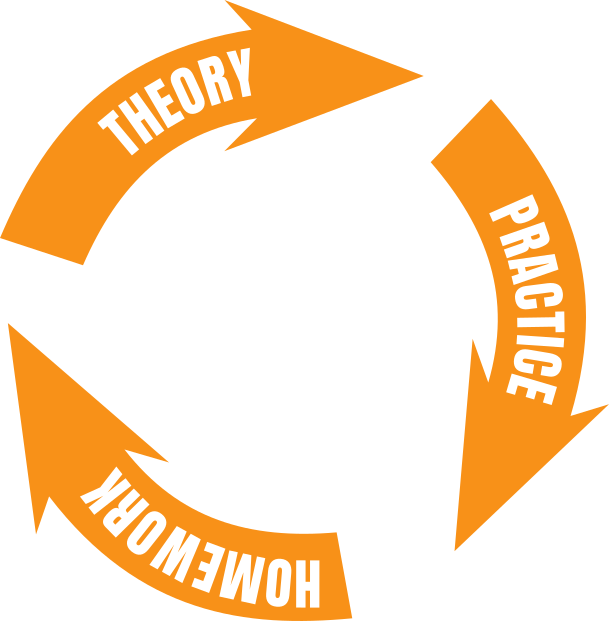

That’s right, you are the best person to train your own dog and the Bright Animals training system is all about helping you learn how to do it.
Our program helps you learn how to tackle the most common problems experienced when bringing a dog into your home.
The system is built around lessons and homework as we help you and your dog as a team.
Depending on your individual goals, this might require a single session, a few sessions, or regular follow-ups.




You dog is forever part of your family, learn to work together as a team built on trust.


